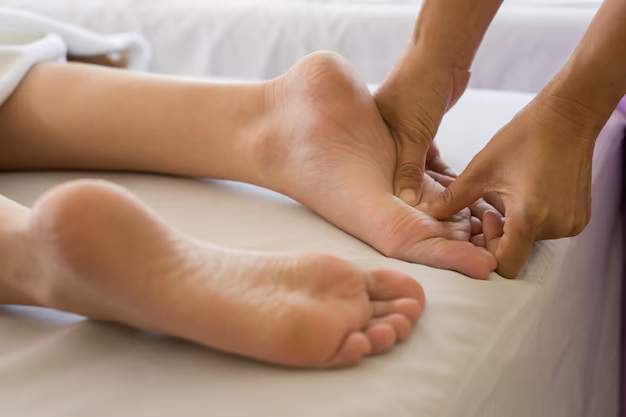Discover Your Perfect Healer Today!
Our online practitioner directory connects you with a wide range of healers to suit your unique needs.
Easily search and find the right professional to support your wellness journey.
Start exploring today to find your perfect match.
Modality
Disease
Books
Products
Events
Training
Blogs
Meditation
Unlocking Inner Peace: The Transformative Power of Meditation
Learn about the various aspects of meditation, including its benefits, techniques, and how it fits into modernity. Appreciate and discover this life-transforming discipline for yourself. ...
Read More → Written by
John Smith
Reflexology
A Beginner’s Guide: How to Get Started with Reflexology
Reflexology is a type of therapy where the natural healing abilities of the body are called upon through touch on the feet, hands and even ...
Read More → Written by
John Smith
Hypnotherapy
Cost of Hypnotherapy: Financial Investment in Healing
Knowing how much hypnotherapy costs- if one is first selecting this powerful healing modality, or maintaining its effectiveness is important. Hypnotherapy is an investment for ...
Read More → Written by
Michael Johnson
Reiki Healers
Healing Touch: Can Reiki Complement Christian Beliefs
In the world of alternative medicine, Christians have been questioning Reiki as a way to heal their bodies holistically. They want to know if this ...
Read More → Written by
John Smith
Dietician
Maximizing Health: Benefits of Partnering with a Dietitian
Having a registered dietitian in your health pursuit is one of the best moves you can make. Dietitians provide nutrition therapy targeted to resolve unhealthy ...
Read More → Written by
John Smith
Lyme Disease
Holistic and Alternative Therapies for Lyme Disease
Explore Our Online Practitioner Directory Now. Holistic and Alternative Therapies for Lyme Disease Conventional treatments are available for Lyme disease, but many patients look for ...
Read More → Written by
John Smith






